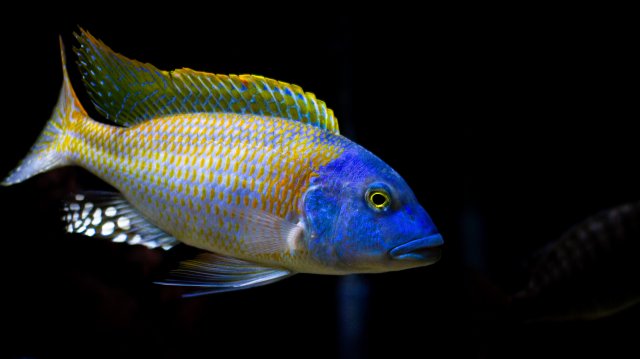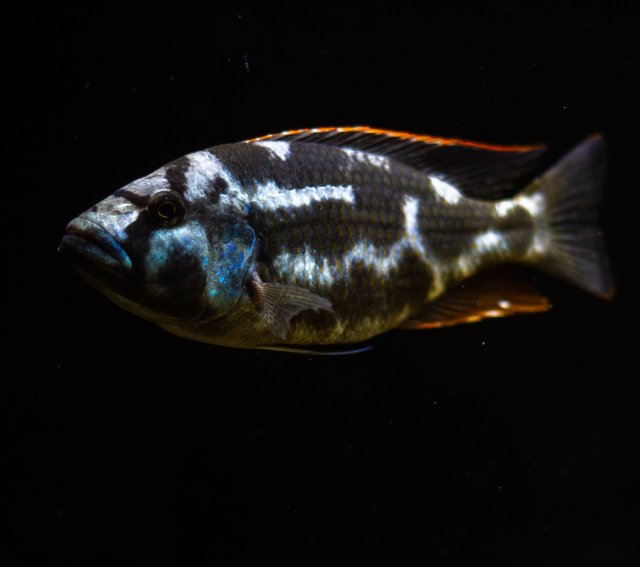- Have you tested your water?
- Yes
- If yes, what is your ammonia?
- 0
- If yes, what is your nitrite?
- 0
- If yes, what is your nitrate?
- 20
- If I did not test my water...
- ...I recognize that I will likely be asked to do a test, and that water tests are critical for solving freshwater health problems.
- Do you do water changes?
- Yes
- What percentage of water do you change?
- 61-70%
- How frequently do you change your water?
- Every week
- If I do not change my water...
- ...I recognize that I will likely be recommended to do a water change, and water changes are critical for preventing future freshwater health problems.
[IMAGES BELOW]
Hello fish keepers,
I am in dire need of help identifying the disease found on the scales and fins of this large rostratus. It is characterized by a sludgy black growth that covers both scales and fins. The growth has thickened on the fishes fins to the point where it has lost much of the fins mobility. It also accumulates on the scales and as you can see, is maybe a couple millimeters thick in certain areas. I've tried researching this problem countless times without success. The disease that keeps popping up on google is black spot disease but I don't think that's it. Black spot disease seems to be small black spots while this grows in larger, sludge-like spots.
I've had the fish for almost a year now and have been concerned about this problem since I've had it. I wasn't able to come up with any answers to my questions, and LFS staff said it was just discoloration. This caused me to put the problem to the back of my mind, even though I knew it wasn't right. Flash forward to today, I was in my garage looking at the fish and pretty much yelled "F***" when I noticed all of my predator haps are starting to show early spots very similar to what the rostratus pictured has. Right now, my other haps just have small 1 cm large black spots growing on their skins and scales, but I can tell that it is the same problem afflicting the rostratus. I am really hoping someone will help me identify this problem, so that I can stop it in its tracks on my other fish. I have some beautiful fish, including an 8" Buccochromis Rhoadesii Yellow, and I really want to keep them healthy.
Please help me identify this disease! Has anyone seen this on any of their fish before? Any tips are welcome and appreciated!
Thanks so much for your help and time. Please have a look at the images below.
Best,
Sawellem
P.S: Fish lives in a 180g (40g sump) with other predator haps. Large 60-70% percent water changes once per week as they poop like monsters.
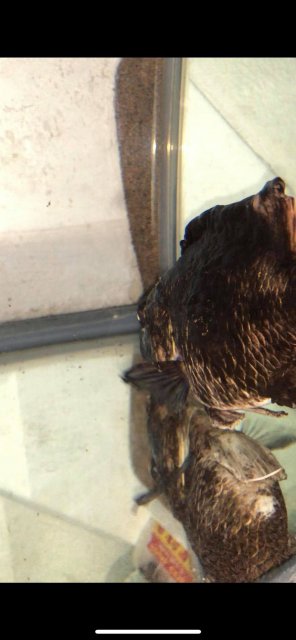
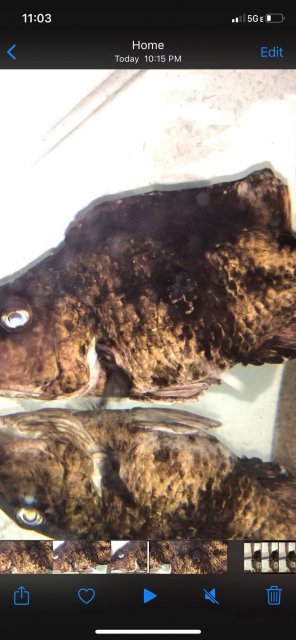
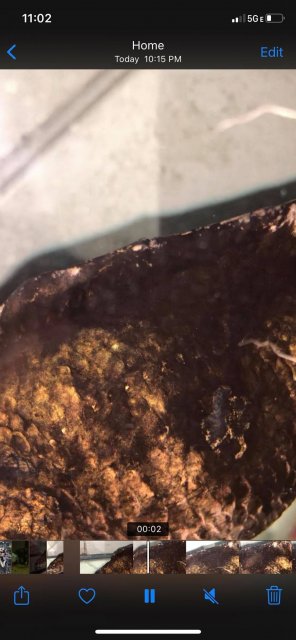
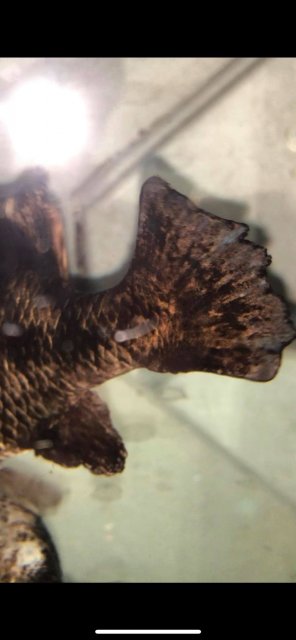
Hello fish keepers,
I am in dire need of help identifying the disease found on the scales and fins of this large rostratus. It is characterized by a sludgy black growth that covers both scales and fins. The growth has thickened on the fishes fins to the point where it has lost much of the fins mobility. It also accumulates on the scales and as you can see, is maybe a couple millimeters thick in certain areas. I've tried researching this problem countless times without success. The disease that keeps popping up on google is black spot disease but I don't think that's it. Black spot disease seems to be small black spots while this grows in larger, sludge-like spots.
I've had the fish for almost a year now and have been concerned about this problem since I've had it. I wasn't able to come up with any answers to my questions, and LFS staff said it was just discoloration. This caused me to put the problem to the back of my mind, even though I knew it wasn't right. Flash forward to today, I was in my garage looking at the fish and pretty much yelled "F***" when I noticed all of my predator haps are starting to show early spots very similar to what the rostratus pictured has. Right now, my other haps just have small 1 cm large black spots growing on their skins and scales, but I can tell that it is the same problem afflicting the rostratus. I am really hoping someone will help me identify this problem, so that I can stop it in its tracks on my other fish. I have some beautiful fish, including an 8" Buccochromis Rhoadesii Yellow, and I really want to keep them healthy.
Please help me identify this disease! Has anyone seen this on any of their fish before? Any tips are welcome and appreciated!
Thanks so much for your help and time. Please have a look at the images below.
Best,
Sawellem
P.S: Fish lives in a 180g (40g sump) with other predator haps. Large 60-70% percent water changes once per week as they poop like monsters.






